How much to feed a cat?

Cat Feeding Guide
Cats, just like any other pet, require a very individualistic and careful approach, meaning that you need to take care of your cat, their meals, health and mental condition. Feeding any pet is an essential part of having a little friend in the family. However, it can be quite difficult to know how often and how much to feed a cat or what portion size would be the best for your pet.
Cats have very specific nutritional requirements that typically differ depending on the cat's breed, size and life stage. The easiest way to know about feeding requirements is to check the back of the cat food package and see the feeding guidelines written on the label. There, you will find the instructions according to the cat’s weight and age to help you make a decision. While it is an easy option, there are dozens of pet food brands on the market that offer a fine selection of foods, and it might be hard to choose the right one to entice your cat’s appetite.
The main and most challenging thing is to find a complete, balanced and nutritious type of food to help your cat maintain their health and well-being. Another thing is, feeding a cat too little or the wrong kind of food will lead to health problems, and feeding too much can lead to weight issues. And that is why establishing a feeding routine is crucial.
How Much To Feed A Cat?
To keep your cat happy and in optimal health, you need to establish a diet with the right balance of high-proteins, fats, vitamins and minerals. In fact, good-quality complete cat food should contain all the essentials and provide health support for your cat. A proper well-balanced diet means your cat will get everything they need without additional supplements or prescriptions from the vet.
Usually, different cats have different nutritional needs for daily meal intakes that vary according to breed, size, life stage and more. To create a correct feeding routine for your cat, there are several factors for you to consider when deciding how much food is necessary for your kitty.
- Age and life stage. Just like any other pets, cats require different care depending on their life stage and age. Kittens need different amounts of nutrients per day compared to adult or senior cats, which means you should give them kitten food. If your cat is pregnant or nursing, then specific food will be required to accommodate her needs.
- Weight. To set a particular portion size for your cat, you should consider body conditions, such as being overweight or underweight. In this case, meal frequency and portion sizes will have to be adjusted according to the health goals to get your cat into optimal health and help with muscle flexibility.
- Energy level. Since some cats tend to be more active and energetic by nature, they will require higher calorie intake and more nutrition than those with more passive lifestyles. This also depends on how much time your cat spends and plays outside.
- Indoor vs. Outdoor. Exercising is a part of a pet's life. However, each cat can have different amounts of exercise done throughout the day. As indoor cats tend to perform less movements a day, they will need fewer calories than those with more outdoor activities. It would be a great option to get indoor cat food as it is specifically made for more passive lifestyles. Besides, if your cat spends time indoors and outdoors during winter or cold seasons, they require a little more sustenance to maintain themselves warm and keep the energy levels up.
- Allergies or health conditions. Some cats may need extra attention towards their diet and feeding routine. If your cat has prominent allergies or sensitivities, then you have to adjust the food type, switch to a different and more healthy kind of food, or even add supplements if necessary to support your cat’s health. In this case, it will be a great idea to get feeding recommendations from your vet first before making any adjustments by yourself.
- Setting a schedule. To make sure your cat gets used to particular meal times and learns discipline and proper behaviour from an early age, set up a daily feeding schedule and make sure to follow it. This usually decreases the times your cat will follow you around the house, asking for more. This kind of routine helps create a habit that will transfer into adulthood.
- Type of food. Nowadays, there are many different kinds of cat food in the market, including dry and wet food, grain-free, high-protein and more. All of these tend to have different nutritional values, calories and prescribed portion sizes. Cat owners have a lot of options to adapt to a feeding routine, including a combination of types. You will have to make the necessary adjustments to feed your cat appropriately.
- Portion size and frequency. Depending on your cat’s age or life stage, you need to adjust meal quantity and frequency. Kittens tend to have a rapid growth rate and need higher energy levels and more nutrition. Kitten-specific food will be the best choice for this cat as it is usually full of high-proteins to sustain your kitty’s energy and vitality. Besides, you have to feed a kitten around four times a day, while adult cats can have a meal twice a day and get enough nutrition.
What Food Should I Feed My Cat?
While there is a wide range of choices available we believe that we have researched the best formulas, sourced the best ingredients and made the best cat food available for your new family member.
Vetalogica offers two different choices for your cat. Both were developed by pharmacists who are passionate about creating pet food to keep your cat in optimal health throughout their lives.
Let’s take a look at different types of cat food available across the market.
- Wet cat food. This type of food is the most convenient for cat parents to go with, however it may not be the best solution for your cat as wet foods are often cooked at very high temperatures and nutrients may become depleted. It usually comes in pre-measured portions that help immensely with the feeding routine. Wet food is suitable for cats of any age (please pay attention to specifications on the package) and can be a nice treat for your cat.
- Dry cat food. This type of food comes in conveniently sized and resealable bags to keep the food ‘up-to-date’. Generally, dry food is higher-quality and cooked at lower-temperatures to ‘lock-in’ the nutrients compared to wet food. Dry food comes in a variety of flavours for your cat to choose from. Some cats are quite content to have a bowl of dry food available to nibble on it throughout the day.
- High-protein cat food. No matter the age cats are in, as natural carnivores and meat eaters,, they require food that contains meat or proteins to maintain healthy energy levels. High-protein cat food is a great choice to provide your cat with the necessary nutrition and a sustainable natural protein diet. Well-balanced food contains all the essential vitamins, minerals and proteins to support a complete and proper diet.
- Grain-free cat food. Just like humans, cats are prone to allergies and intolerances, so you need to provide the right and appropriate food for your cat. Natural and healthy cat food is suitable for cats with stomach sensitivities while offering the essential vitamins and isolated single proteins. Grain-free cat food is perfect if your cat has an allergy to grains as it’s available in a selection of flavours, high in nutrients and supports a balanced diet.
Types of Cat Feeding
When you consider a feeding routine for your cat, there are some options for you to choose from. Like people, every cat is different and can have a special diet, which also determines the number of daily meals.
Here’re three ways you can feed your feline friend:
- Meal feeding means you’re providing your cat with meals only at specific times throughout the day and according to the feeding schedule. This way, you can provide your cat with any type of food, whether it be wet, dry, or any other, as long as you go along with the routine. Meal feeding allows you to monitor food intake and also develop proper behaviour.
- Free feeding means that the food is always available to your cat. Dry food will be the best option here as it stays fresh longer and doesn’t dry out. Since your cat will be able to eat several small meals during the day at their schedule, it would be a great idea to place the right amount of dry food for only one day at a time in the bowl.
- Combination feeding is a mixed type of feeding your cat by providing wet food twice a day and then keeping the dry food out for small meals, which gives enough nutritional value to last through the day. You need to pay close attention to the total calorie requirements, so your kitty doesn't exceed the daily limit as it can lead to health issues like getting overweight.
No matter which way of feeding you choose, measure food out every day and keep a close eye on how much your cat eats. If you’re wondering about portion sizes for your cat, look below for our cat feeding guide, which includes the weight to portion ratio and guidelines.
Always make sure to place a water bowl for your cat next to the food bowl or somewhere your friend will be able to access it at any time to stay hydrated and maintain a healthy lifestyle.
Cat Feeding Guide
After you decide what kind of food you can feed your cat with and what way of feeding suits you best, the question is - how much food is enough to provide daily? From an early age, cats tend to grow inconsistently and at very fast rates, which varies depending on the breed of your cat and potential size.
Refer to our chart below to help you make the right decision. Keep an eye on specific feeding instructions on the back of the feline food package and consult with your veterinarian.
|
Total Daily Recommendations |
|
|
Cat size |
Daily amount of food to give |
|
1kg |
15g-20g |
|
2kg |
25g-35g |
|
3kg |
40g-50g |
|
4kg |
55g-65g |
|
5kg |
70g-80g |
|
6kg |
85g-100g |
|
7kg+ |
105-125g |
Keeping your cat healthy and happy is very important in the life of every cat parent. While you want to make your new family member as comfortable as possible in your house, making their growth steady and maintaining a well-balanced diet is essential. Felines tend to have their food preferences, and it is your responsibility to support them through all the stages of life.
By referencing and following our cat feeding guide above, you can help your feline friend to live a happy and healthy life.

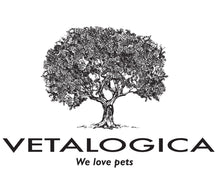
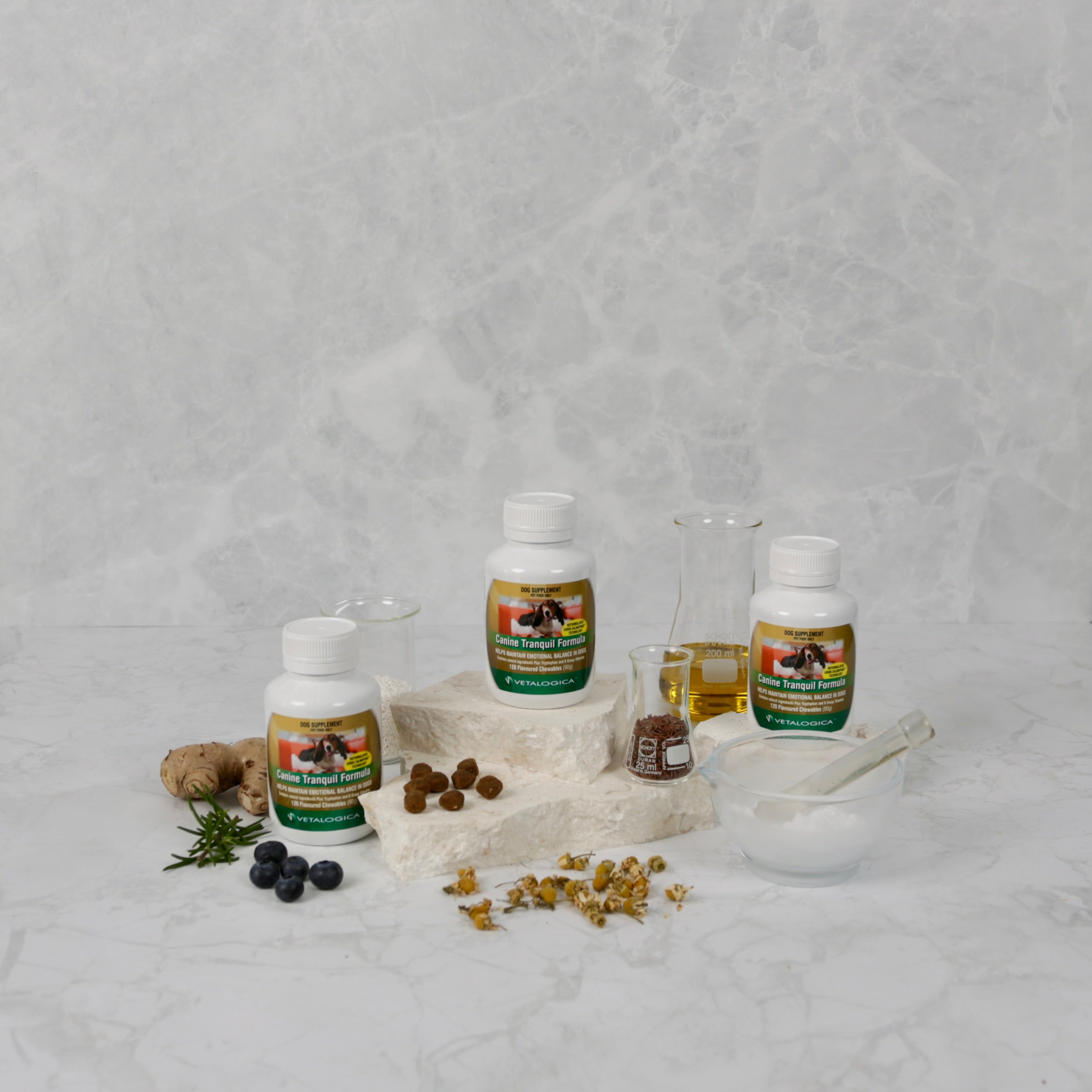
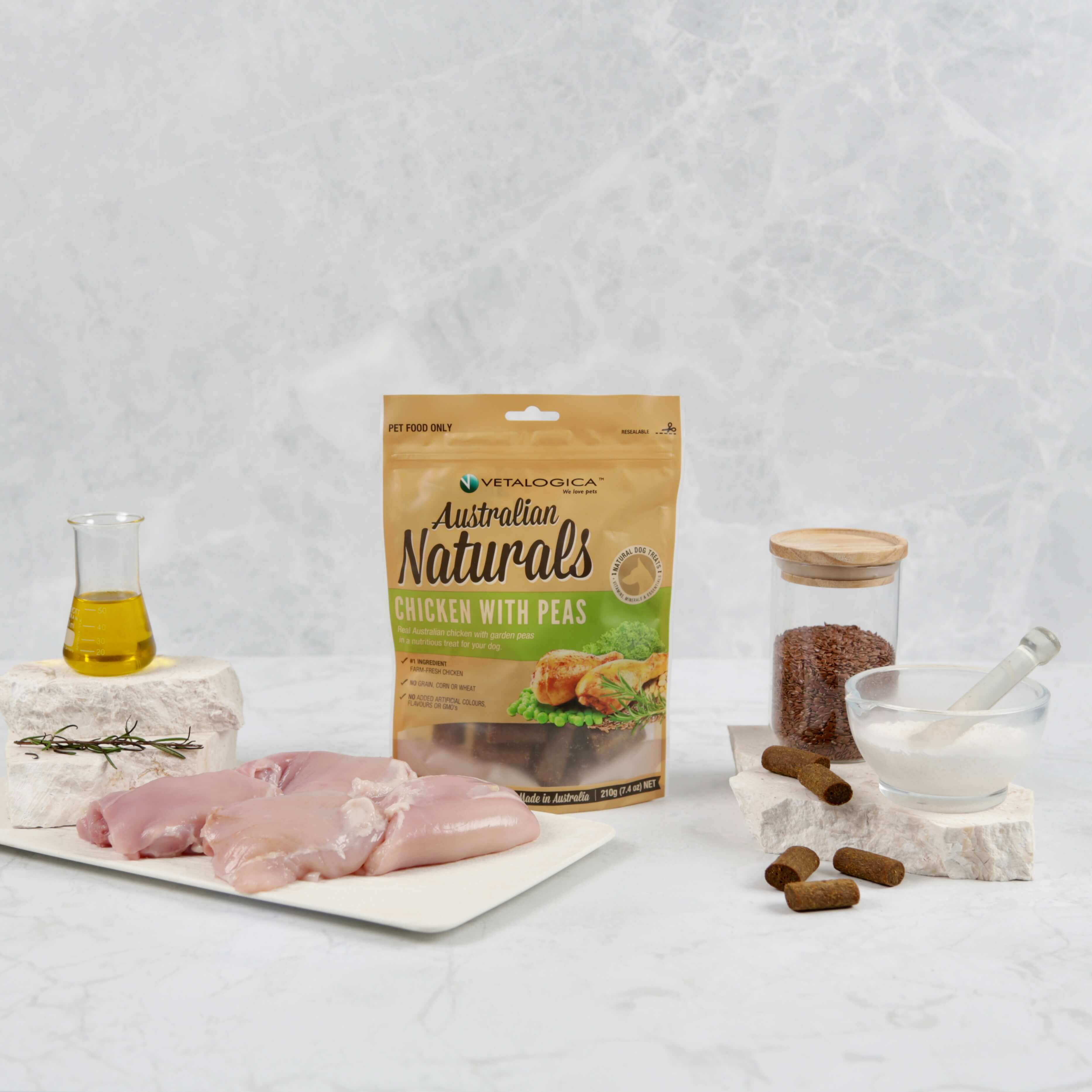
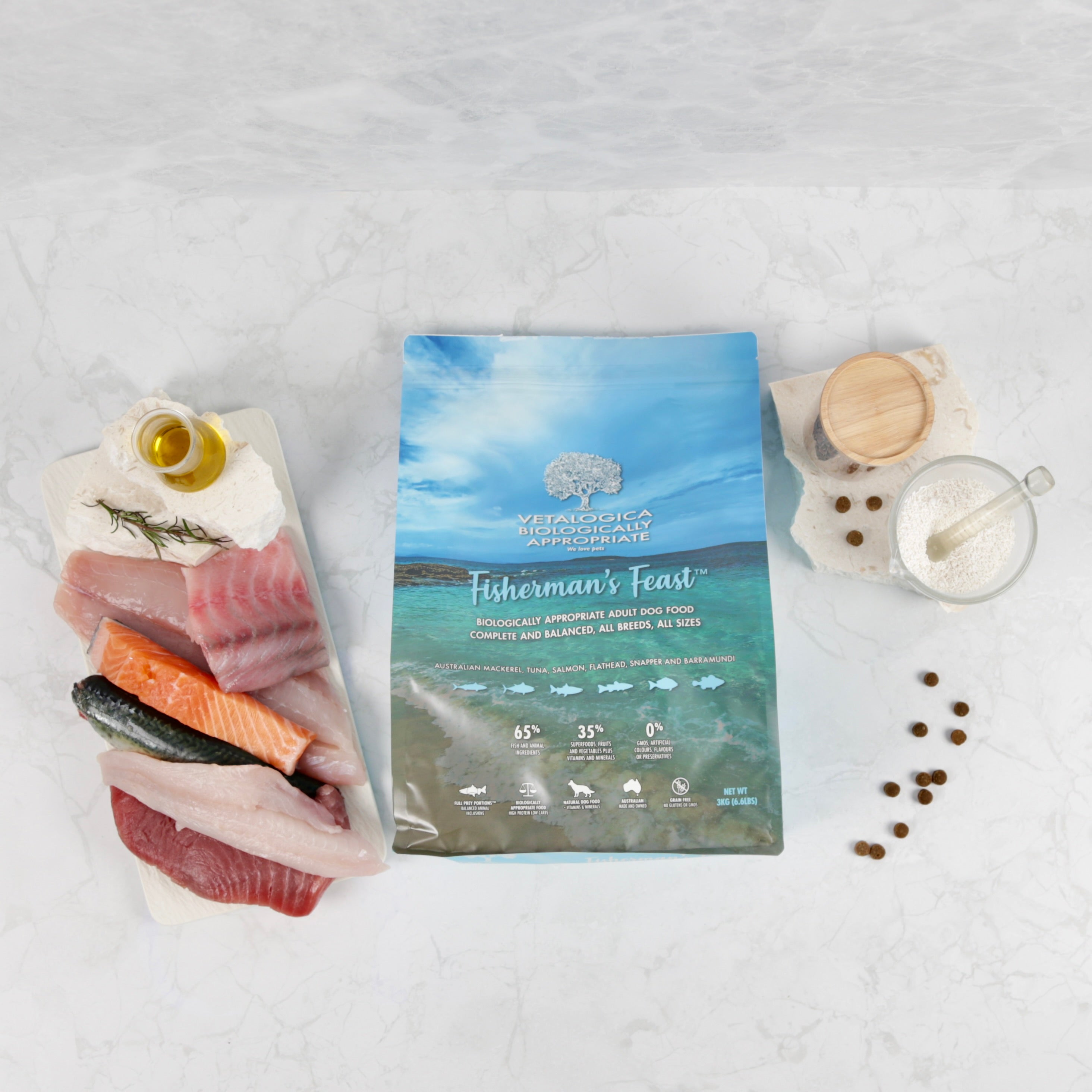
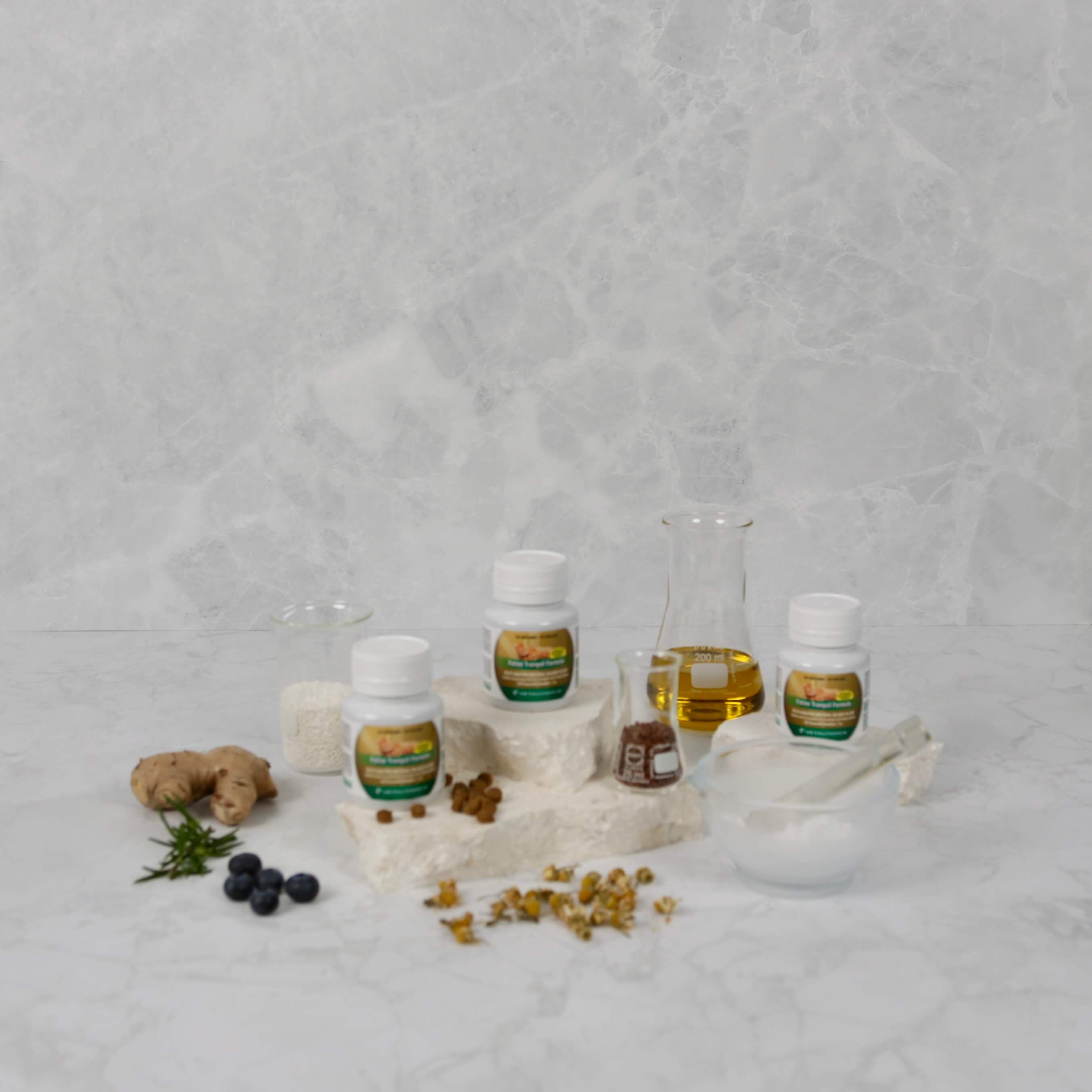
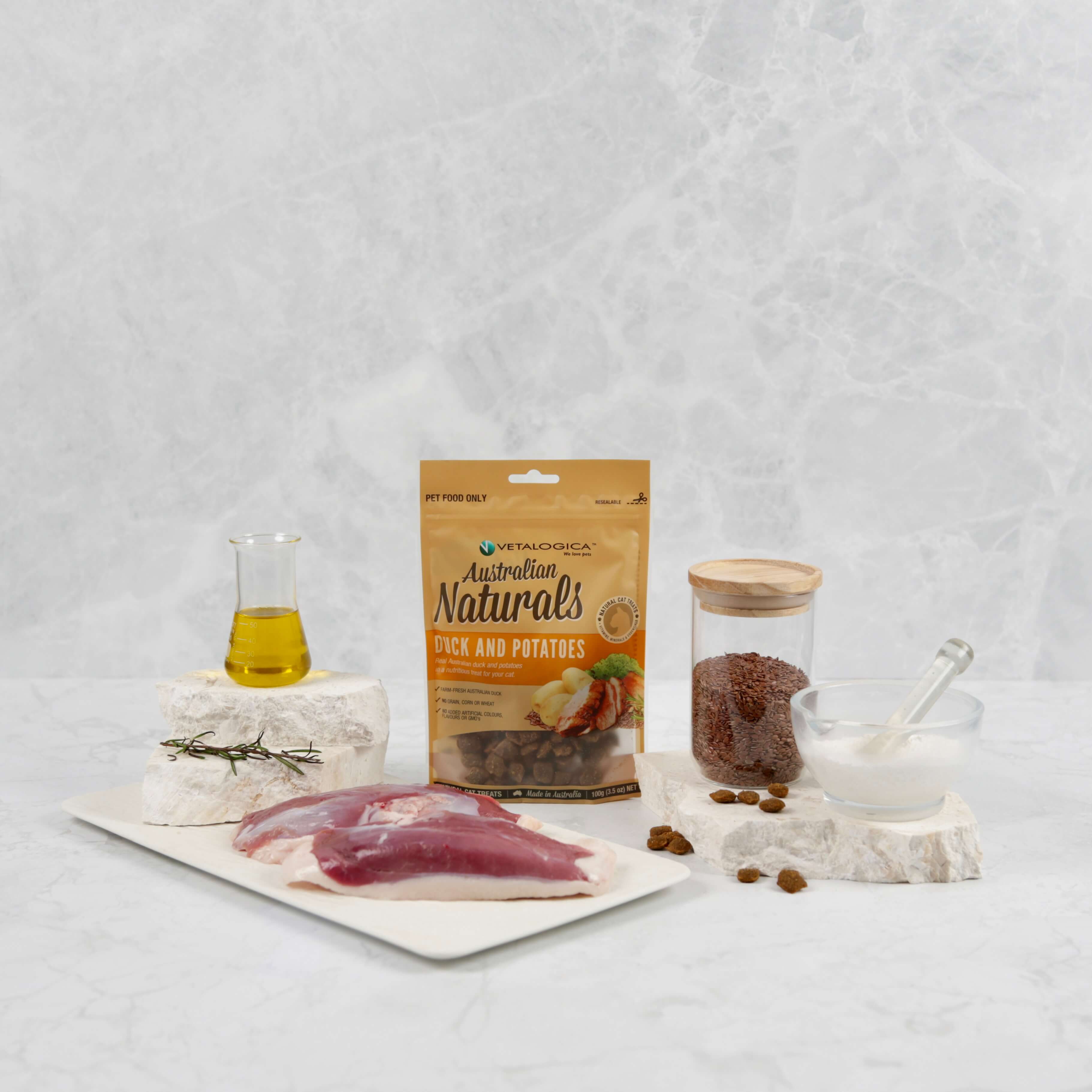
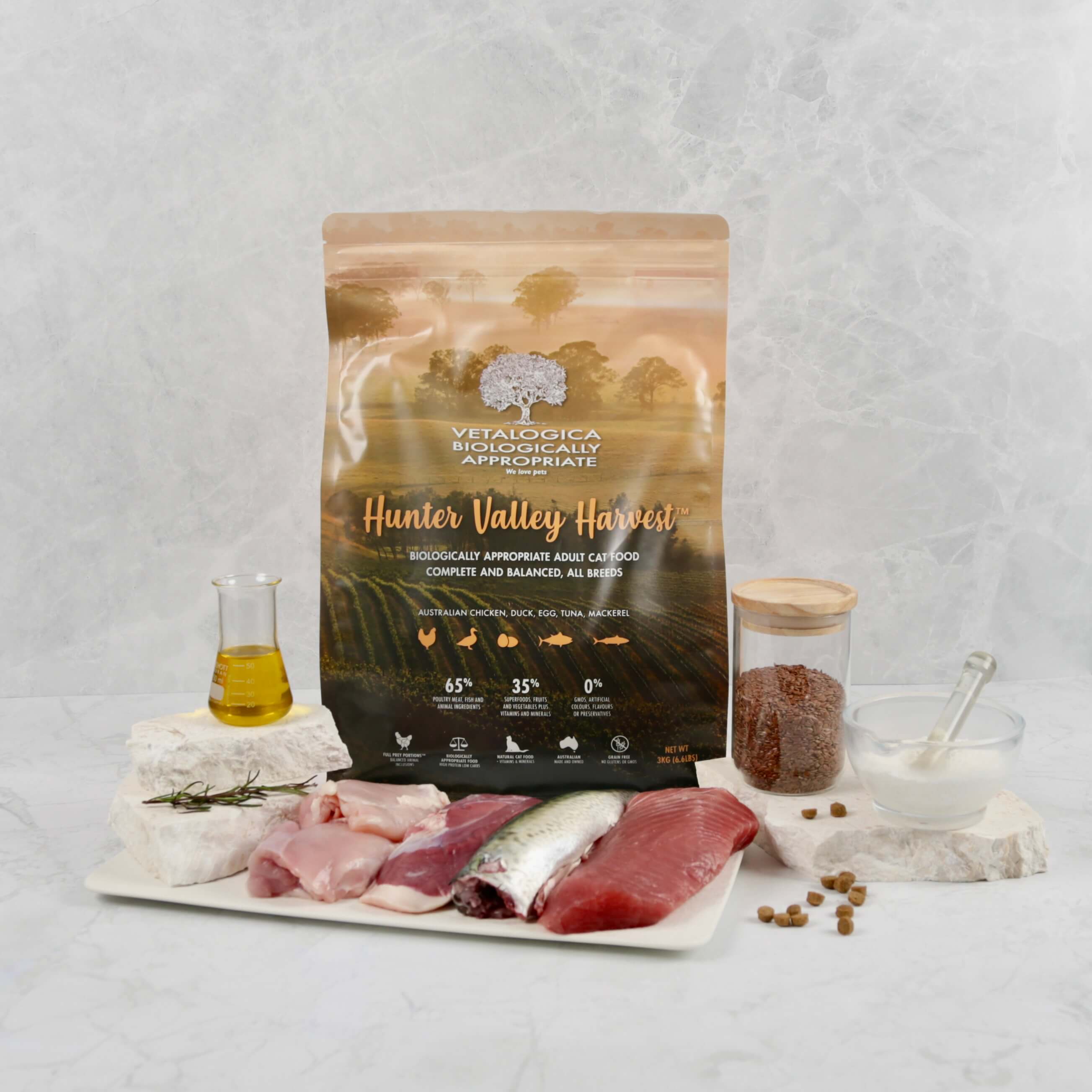
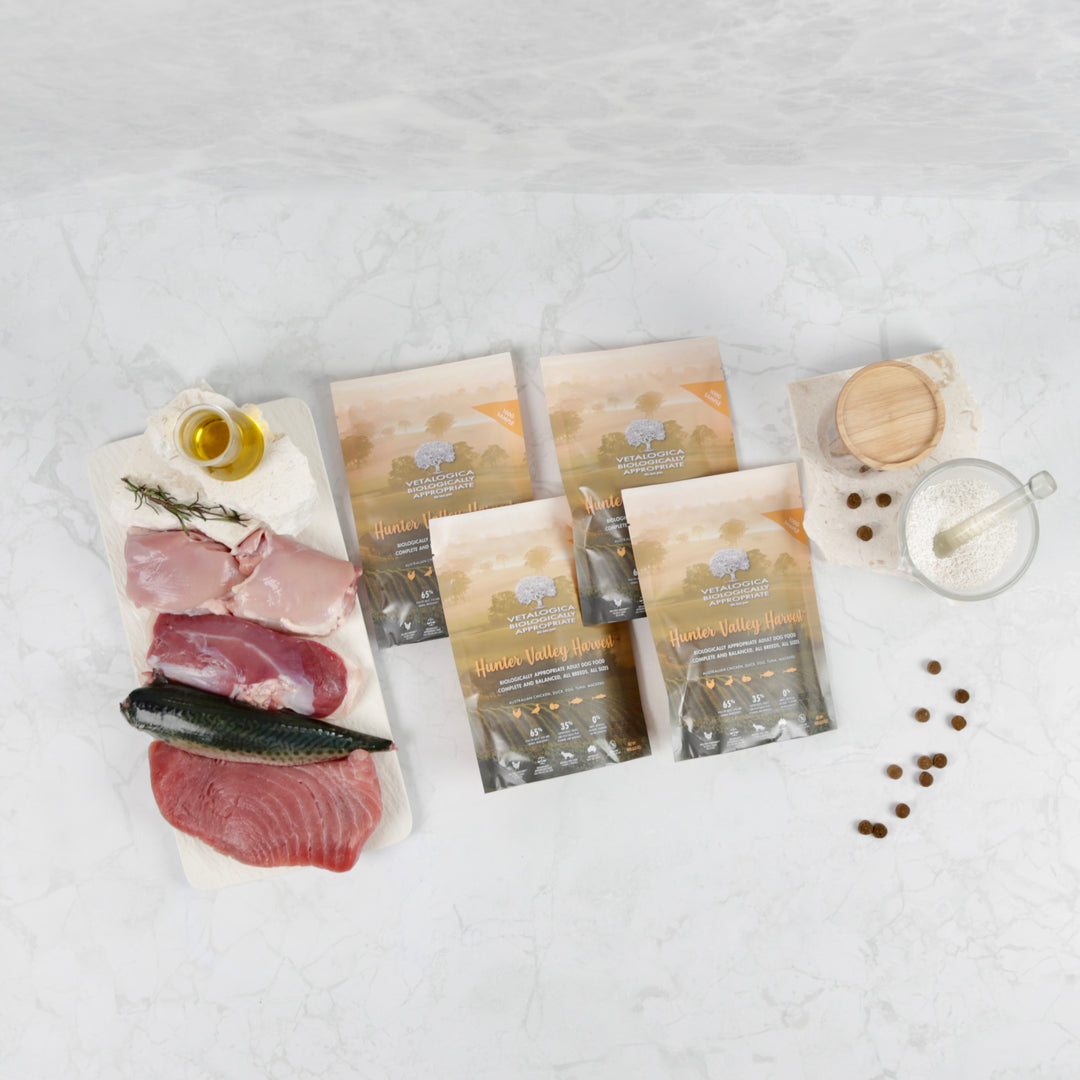
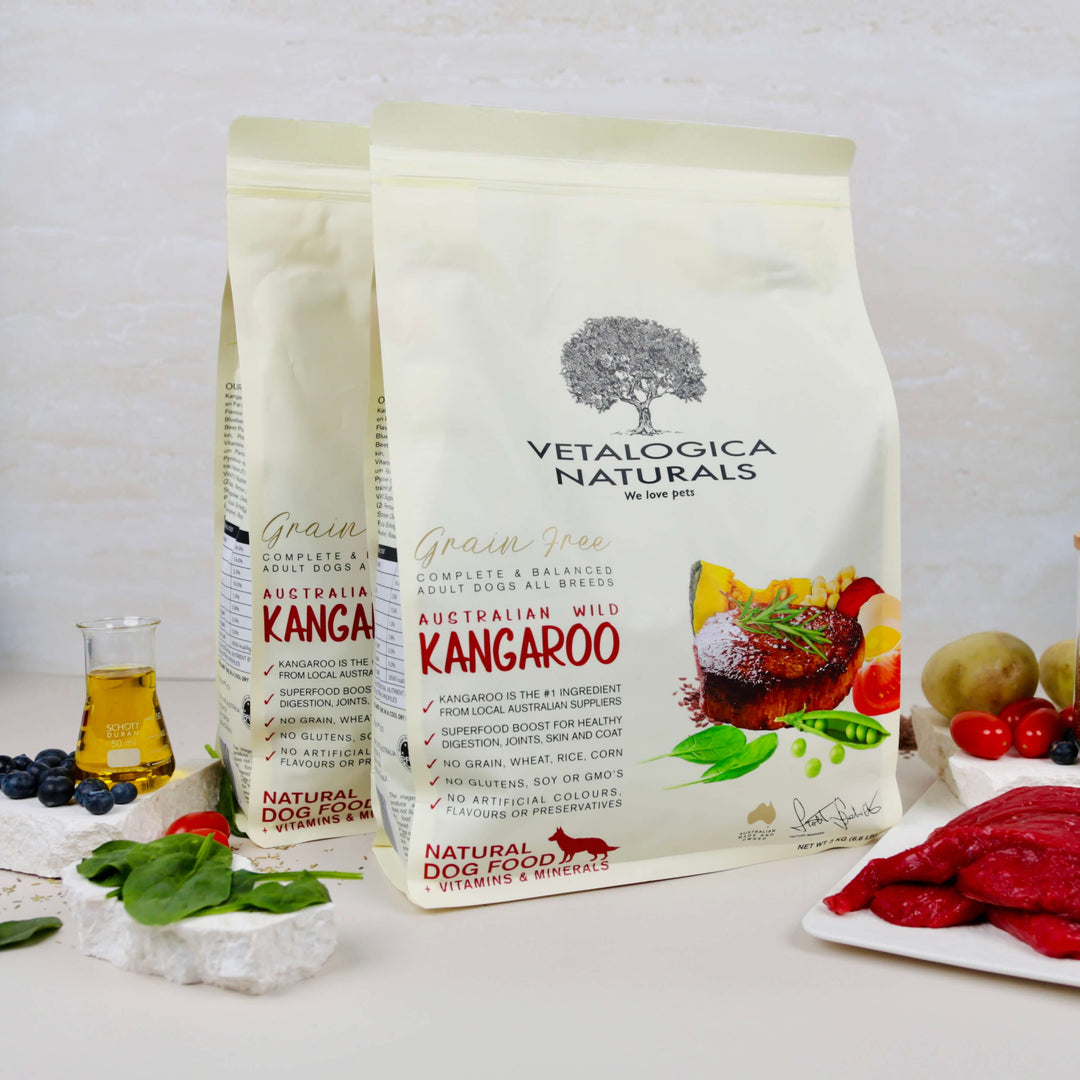
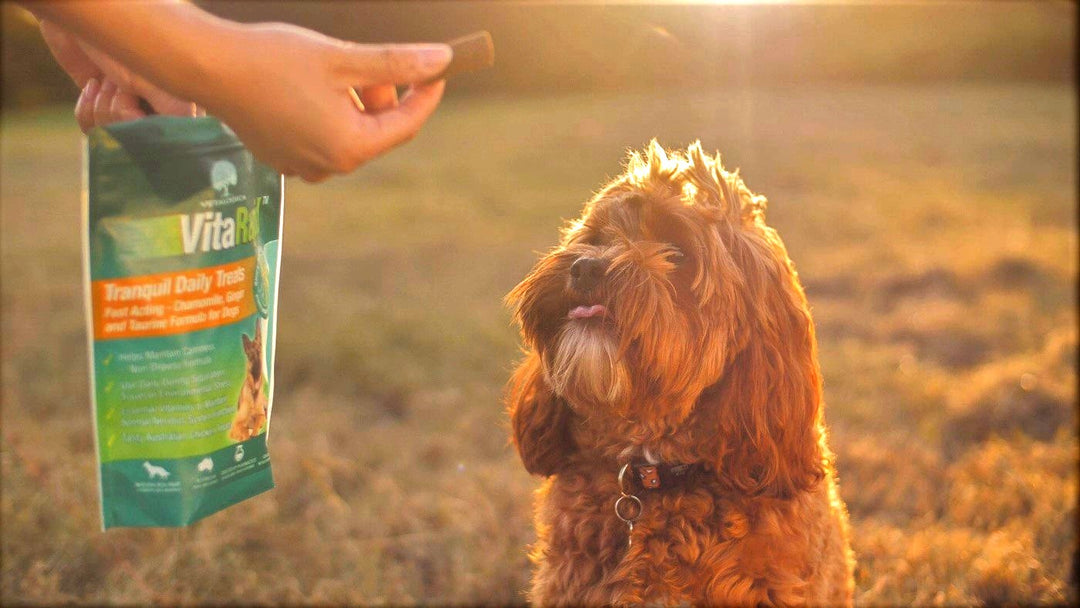
Can you review your daily food recommendation on this page?
https://www.vetalogica.com.au/blogs/news/how-much-to-feed-a-cat
My cat is 3kg and if she only eats 50g in one day… That’s like 3/4 pouch of wet food in a day… She’s already eating 2 full packs in a day, which is 140-160g. I somehow feel like the content isn’t accurate
The table of food amount per day lists it as weight. Is that for dry food or wet food?
Are these dry or wet measurements? Or some of both?
Am I reading your total daily recommendations correctly? The amount given seems to be a meal portion, not a daily total? For example, I would give a 5kg cat at least two pouches of wet food a day, making a total of 170g.
Very sorry but my 4kg cat needs much more than 65g per day. That’s not even one wet food tray. Wet food trays are portioned at 85g each. If I feed her 55 – 65g per day she will quickly starve and die.
Please fix this feeding recommendation table. This is animal cruelty
Leave a comment